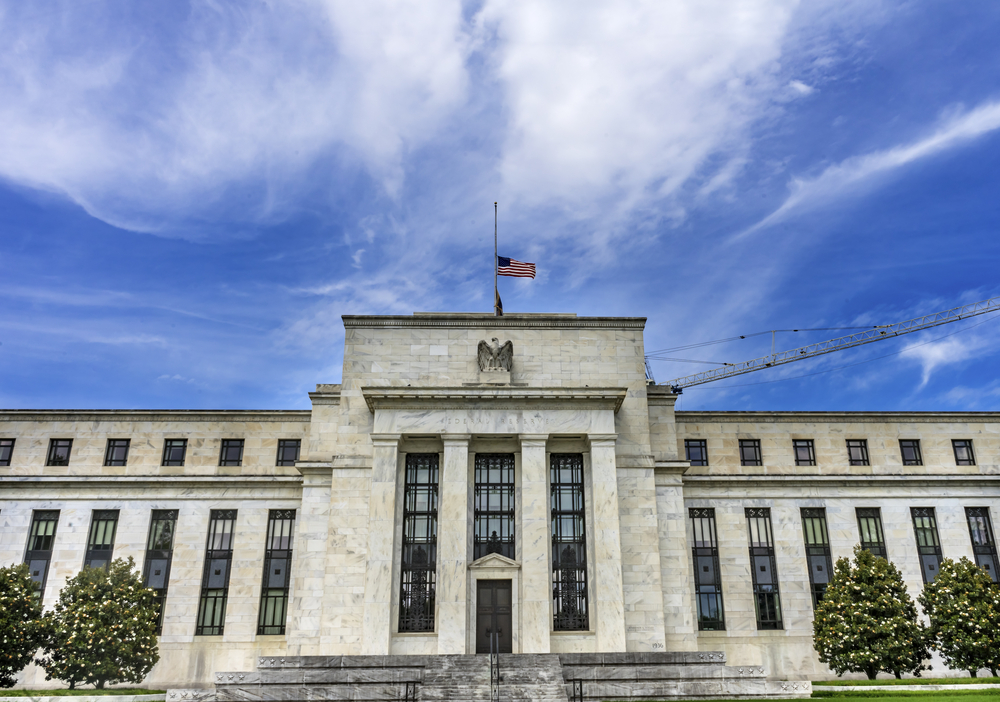
Monetary Policy & Inflation | US

Monetary Policy & Inflation | US
This article is only available to Macro Hive subscribers. Sign-up to receive world-class macro analysis with a daily curated newsletter, podcast, original content from award-winning researchers, cross market strategy, equity insights, trade ideas, crypto flow frameworks, academic paper summaries, explanation and analysis of market-moving events, community investor chat room, and more.
The Fed cut 50bp, the SEP showed four cuts each in 2024 and 2025 (Table 1). This roughly aligned with the base case ‘50bp Hawkish’ discussed in yesterday’s webinar but more than the consensus 25bp.
The Summary of Economic Projections (SEP) continued showing a soft landing scenario, underpinned by the lower Federal Funds Rate (FFR) trajectory, which also aligned with my expectations.
The statement acknowledged the job slowdown, upgraded the FOMC’s confidence in disinflation, and stated that risks to the inflation and employment legs of the mandate were balanced. No surprise there either.
Fed Chair Jerome Powell was asked why, after having said at the July presser a 50bp cut ‘was not something we are thinking about’, the Fed cut 50bp yesterday. His reply was twofold.
First, since July, FOMC, NFP, Quarterly Census of Employment and Wages, and Beige Book indicated increased labour market risks. Powell later added, had the Fed seen the July NFP before the July FOMC, they ‘might well have cut’ then.
Second, the Fed had built policy ammunition. Powell said, ‘We’ve waited, other central banks around the world have cut, many of them several times.’ ‘This is what enables us to take this strong move today.’
I think this confirms the Taylor rule as a good predictor of Fed policy (Chart 1). The Fed stopped hiking after the FFR crossed the Taylor rule (my version is based on core Personal Consumption Expenditures (PCE)) and the unusually large gap between Taylor rule and FFR saw the Fed cut 50bp yesterday.
Even after yesterday’s 50bp cut, the gap between actual and Taylor rule FFR (a measure of policy tightness) appears large compared to current inflation (Chart 2). This suggests room to cut faster than the Fed currently expects, if needed.
Powell made clear the 50bp cut is largely in reaction to slower NFP prints and risks of large negative benchmarks revisions to NFPs. By contrast, as Powell stressed, ’if you look at the growth in economic activity data, retail sales data that we just got, second quarter GDP, all, all of this indicates an economy that is still growing at a solid pace.’
Yet, by historical standards NFP volatility has been limited. In 2019, a year when according to Powell, the labour market was ‘very good and strong’, NFP volatility was much more pronounced than currently (Chart 3).
This suggests the Fed has become less tolerant of economic volatility. Signs of rising labour market or growth risks could see the Fed bring forward its planned cuts. Also, sustained inflation is unlikely to stop further Fed cuts.
Inflation remaining in a 2.5- 3% range is unlikely to stop the Fed responding to higher employment risks.
Powell stated the Fed expects August core PCE at 2.7%, while expressing confidence in ‘further progress’ on disinflation. As core PCE has clearly troughed, yesterday’s cut and Powell’s presser suggest the Fed is comfortable with inflation in a 2.5-3% range (Chart 4).
Further, Powell expressed comfort with the lack of progress on shelter costs disinflation. He thinks housing disinflation is taking longer than expected but as long as market rents (rents paid new tenants) inflation is not accelerating, shelter costs disinflation will eventually happen. This aligns with Boston Fed research expecting shelter inflation to remain high through end-2024 but to slow in 2025.
In fairness to the Fed, the public, market participants and politicians are likely to prefer inflation moderately above target and stable together with full employment rather than inflation right on target and an economy at risk of recession. Whether inflation can be moderately above target and remain stable will be unclear for some time.
I still expect 50bp more cuts in 2024, with 25bp each at the November and December FOMCs. Should labour market risks increase, which is not my base case, the Fed would respond with more 2024 cuts.
By contrast, markets are pricing 2.7 cuts by end-2024.
Spring sale - Prime Membership only £3 for 3 months! Get trade ideas and macro insights now
Your subscription has been successfully canceled.
Discount Applied - Your subscription has now updated with Coupon and from next payment Discount will be applied.